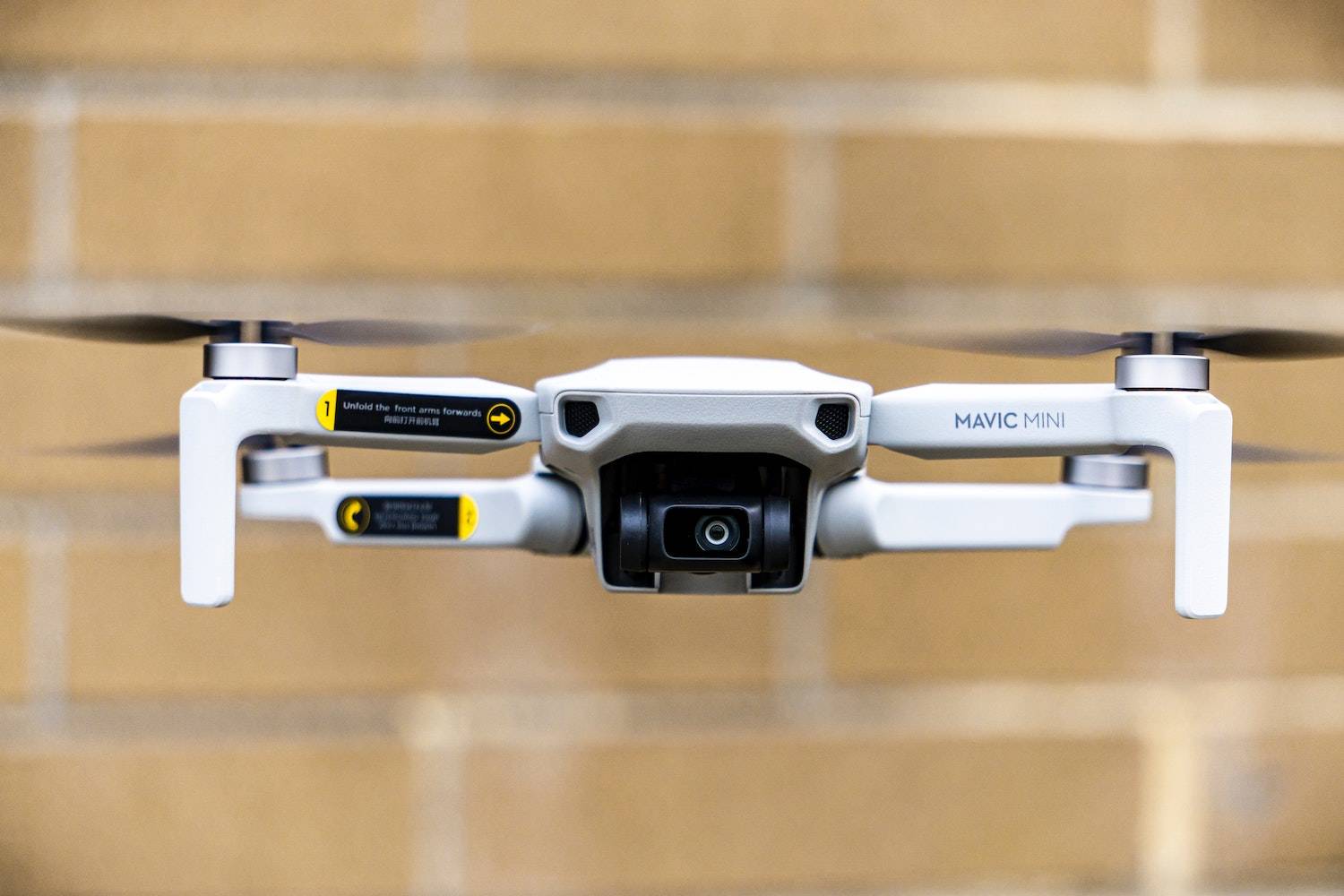Texas State lands federal grant to study the use of drones to locate human remains
Jayme Blaschke | June 9, 2020

The Forensic Anthropology Center at Texas State University (FACTS) has been awarded a $280,000 grant from the U.S. Department of Justice to use drones to locate human remains.
Over the course of the two-year project, forensic anthropologists will explore the capabilities and limitations of drones as tools for locating and identifying human remains.
"How do you search a large ranch?" said Daniel Wescott, director of FACTS. "Well, if we can narrow it down to a few key spots to search with a drone, that greatly reduces the manpower and the cost associated with these long searches.
"We are planning on developing best practices at least for Central Texas," he said. "The data we have can be applied to other environments, but those best practices may differ a little bit."
An initial challenge is documenting the ways in which the new technology differs from that currently in use. The drones are equipped with infrared, hyperspectral and multispectral imaging. FACTS is testing the different imaging systems to figure out what works best in different situations, and if the addition of advanced light filters can a more generalized camera adaptable to a wider range of conditions.
"We are collecting data from the body and then we're collecting data with a handheld infrared camera. We're collecting temperature and decomposition scores and comparing that to the data from the drone," Wescott said. "We need to know if the drone reflects the ground truth data or not? For example, one thing we're finding is that as you go higher with a drone, the actual temperature readings you're getting from a body may not be real. You can't use that for forensics analysis or testifying in court, but when you're doing a search it doesn't really make any difference. As long as you have a temperature difference, you can find the body."
The grant addresses the difficulty of locating deceased individuals in potentially large search areas. Wescott cited a case in which a woman went missing in an undeveloped area of Hays County. She was not found for several days despite extensive searching that included an aerial drone. When her remains were recovered, the searchers realized the drone had photographed the area where she was found. When the photos were reexamined, the body was readily identifiable because at that point they knew what to look for, although it had been missed on initial examination.
"If you've got someone missing that was wearing a red shirt, you could develop algorithms that look for red that's not natural," Wescott said. "The idea is, instead of just giving searchers the images, use computers to search those images with algorithms and provide them with a report on the best places to searcher. The idea is that eventually we'll be able to do it real time, with drones in the air.
"If we can get standardized procedures and people know what they're looking for, that's going to really help law enforcement because they're not going to have time to dig into all these details," he said. "For search and documenting, it's going to be a pretty significant technological advance."
Share this article
For more information, contact University Communications:Jayme Blaschke, 512-245-2555 Sandy Pantlik, 512-245-2922 |